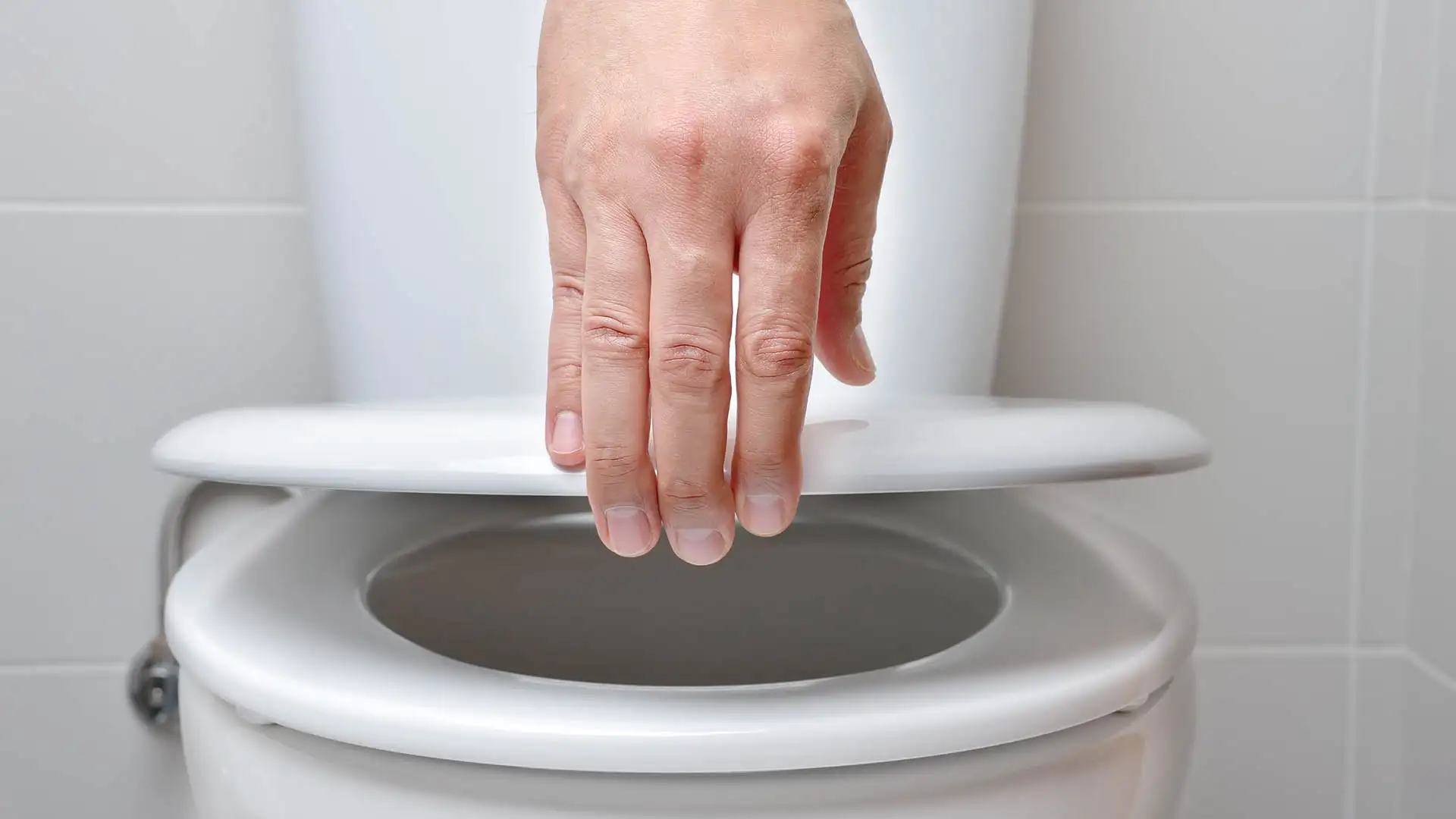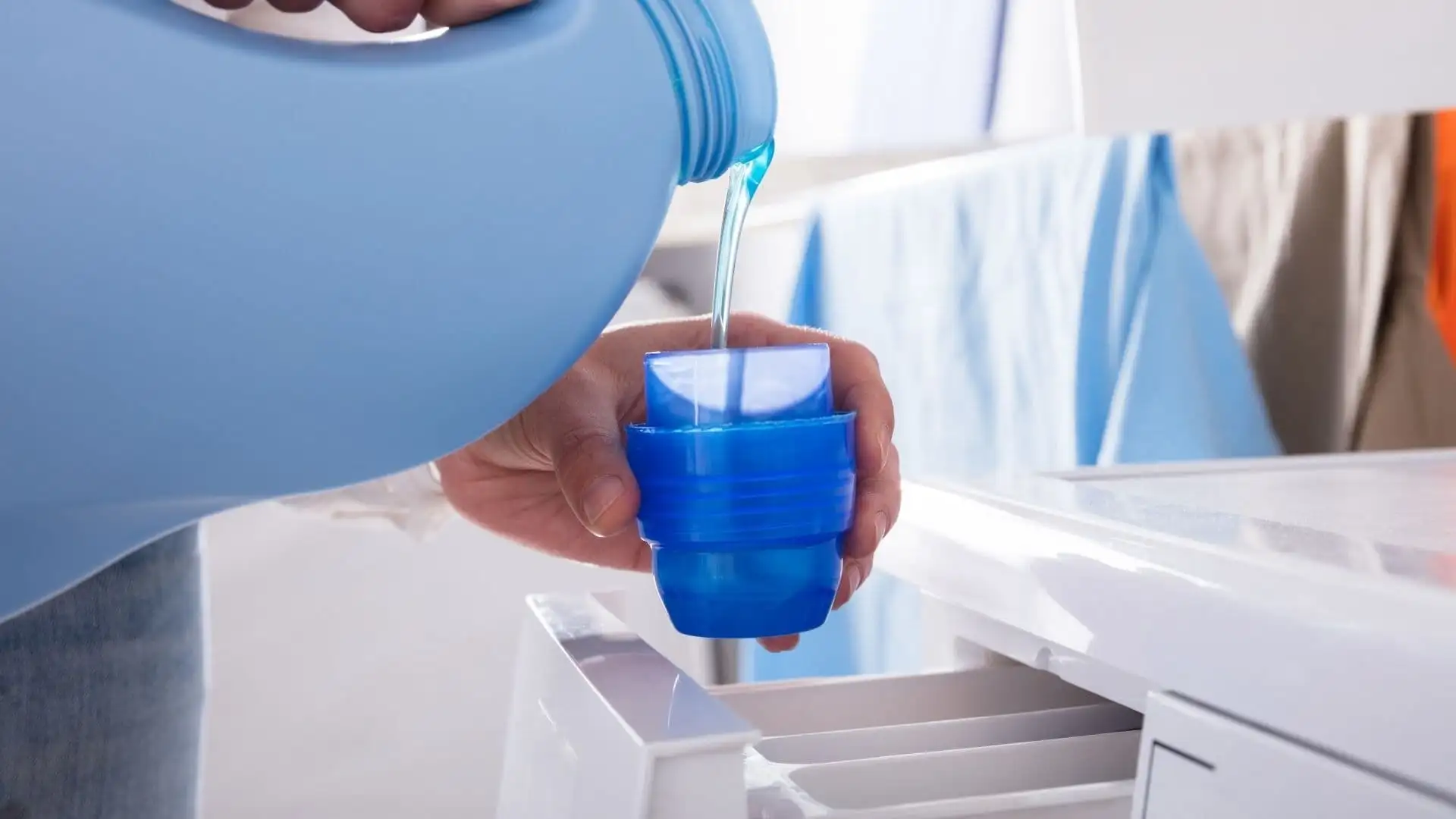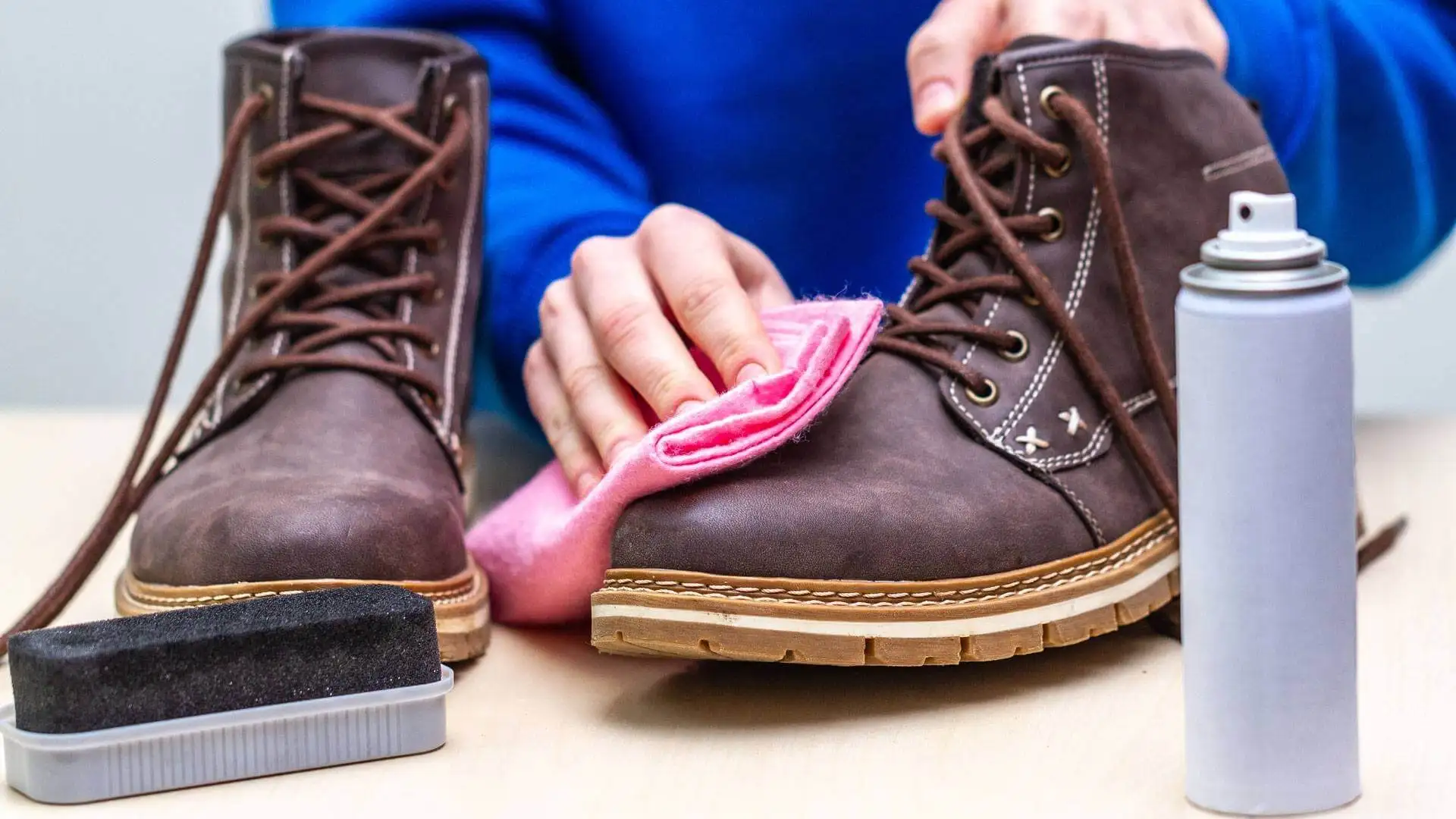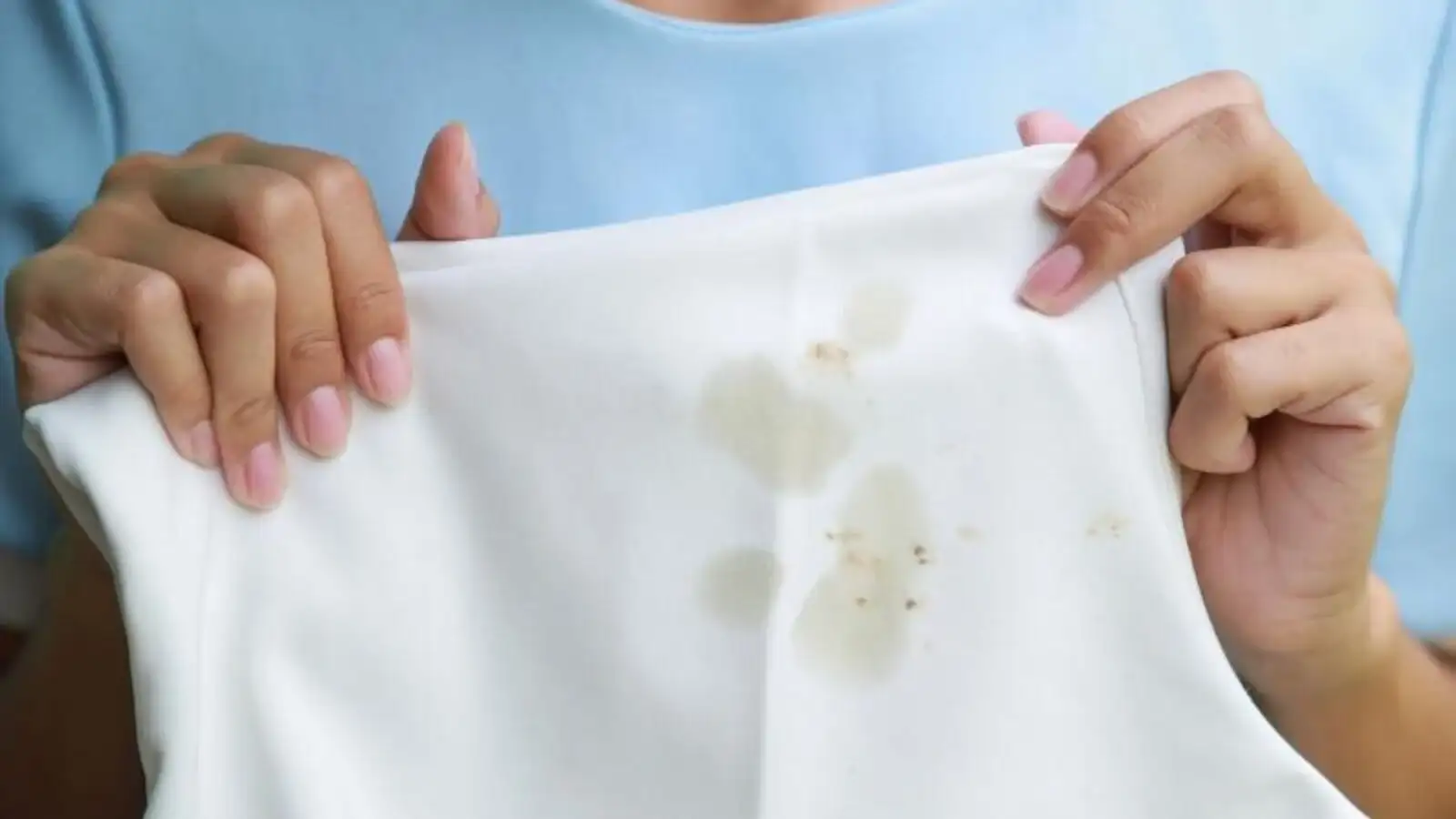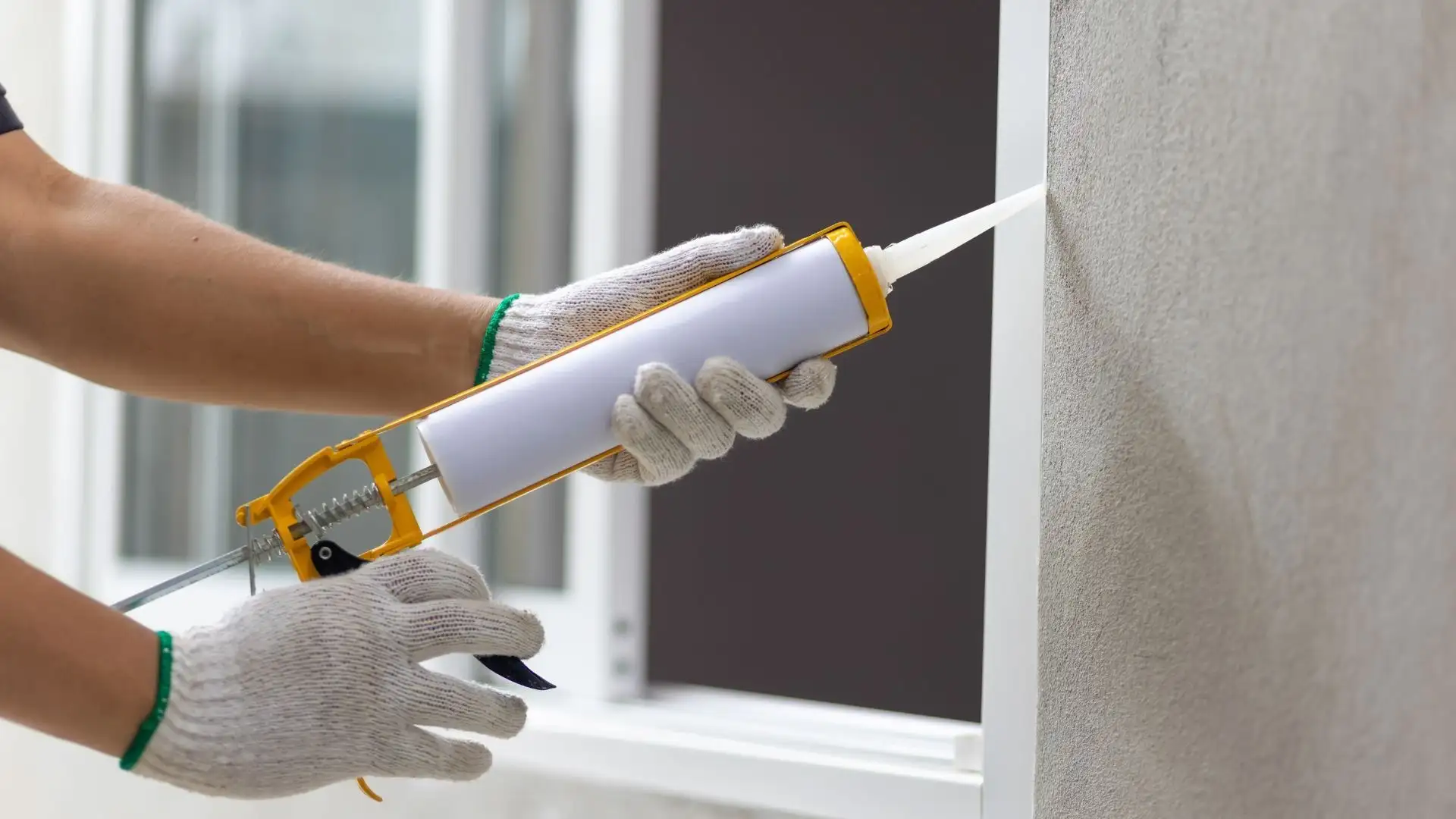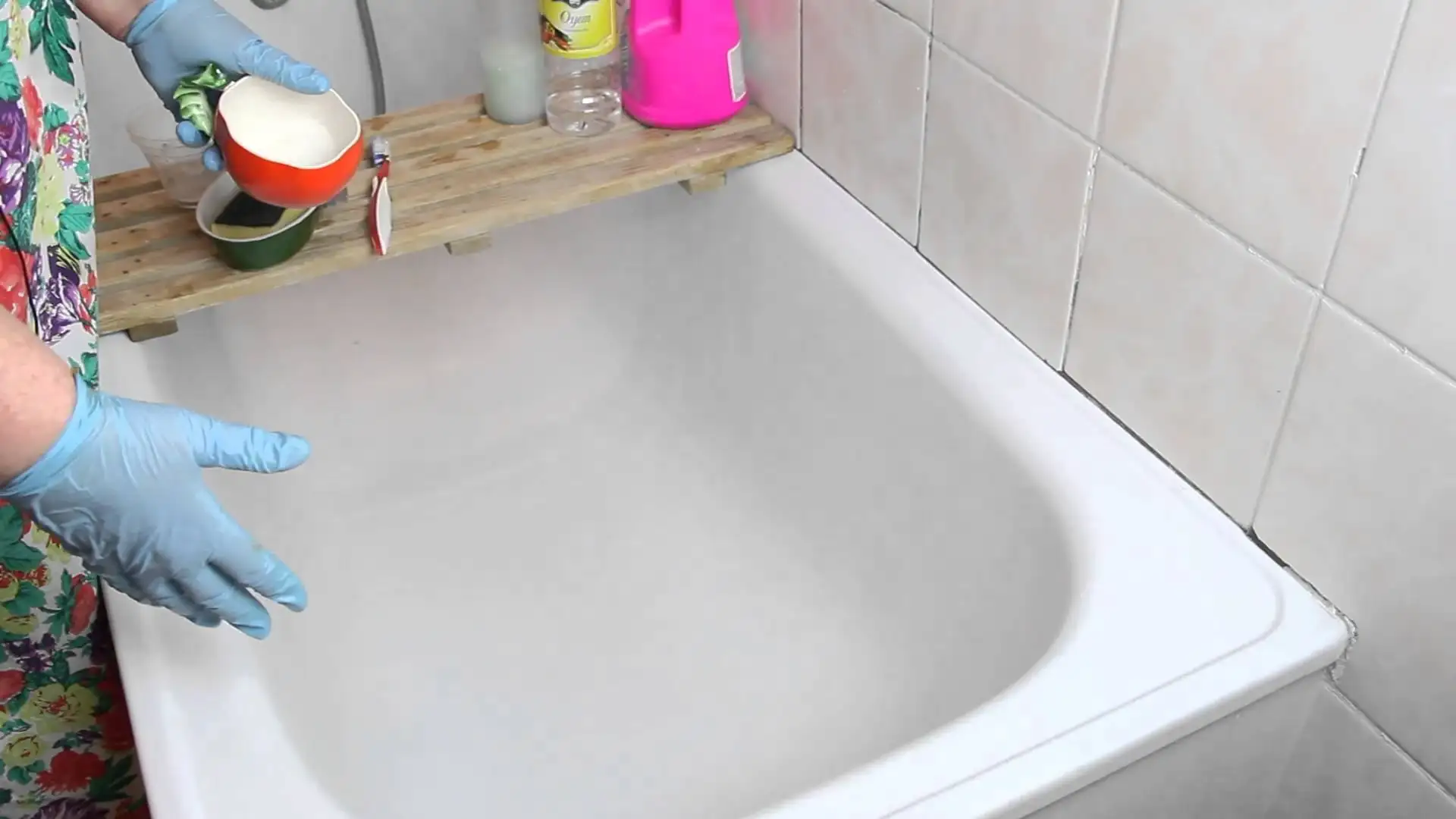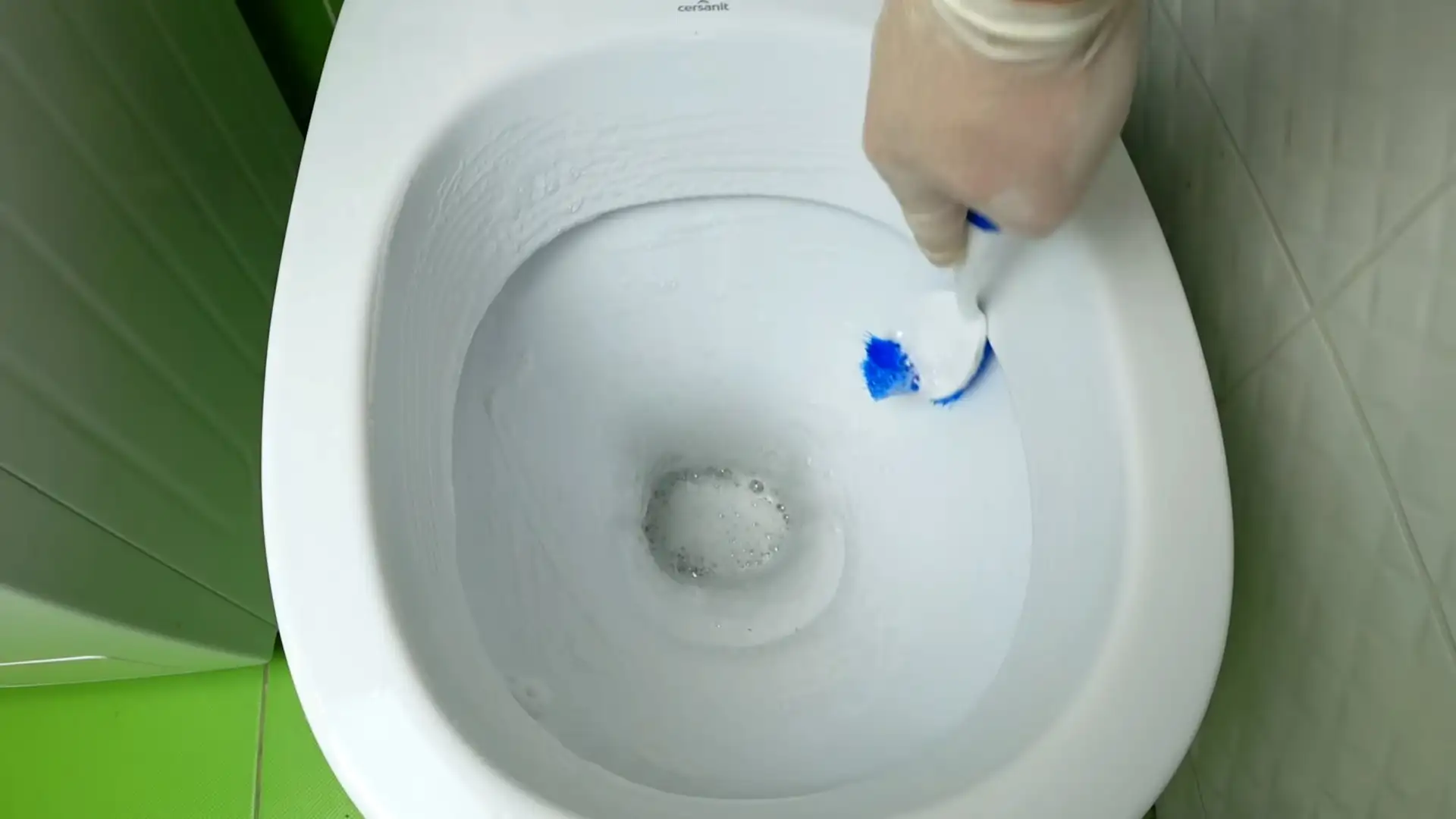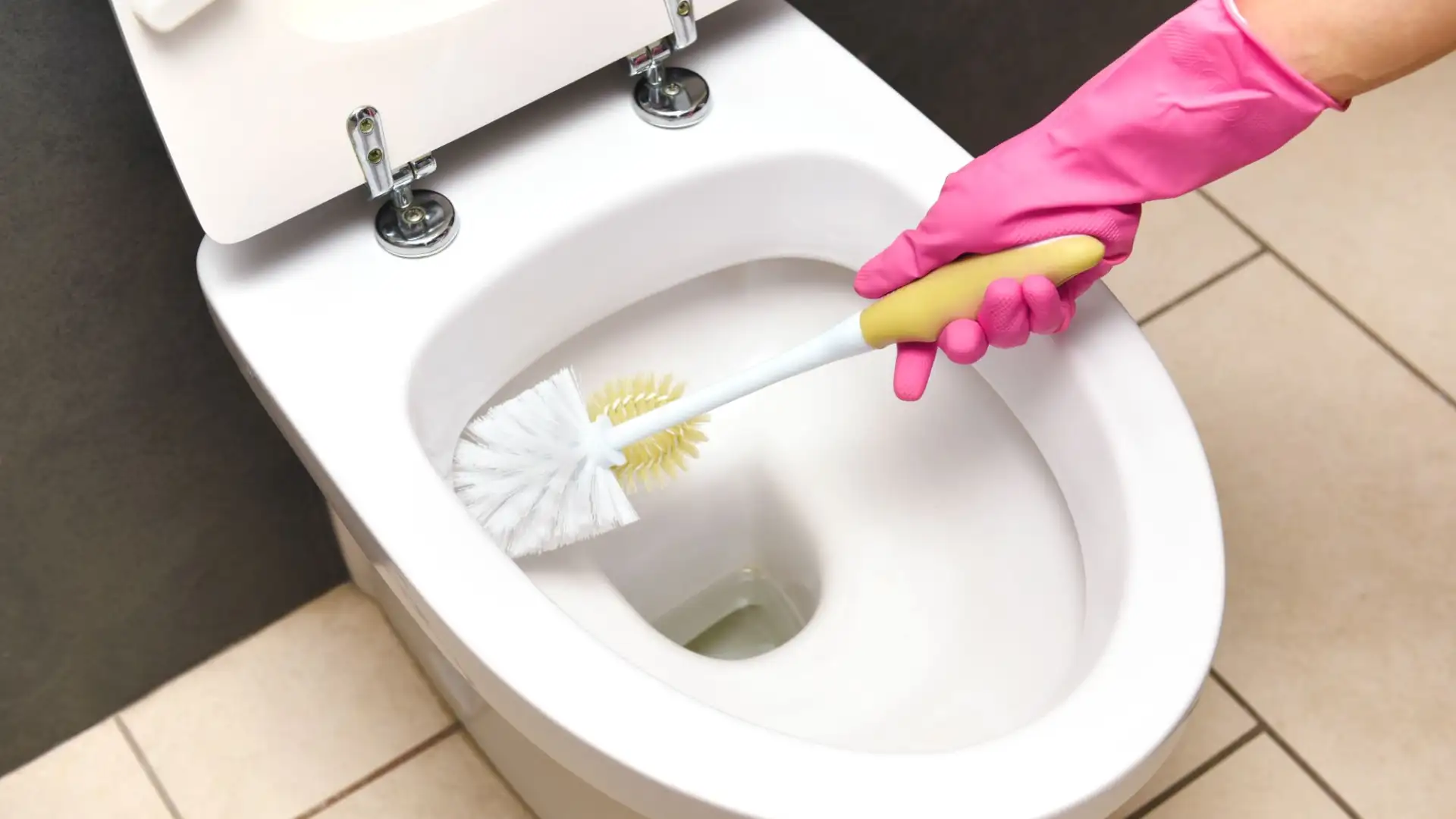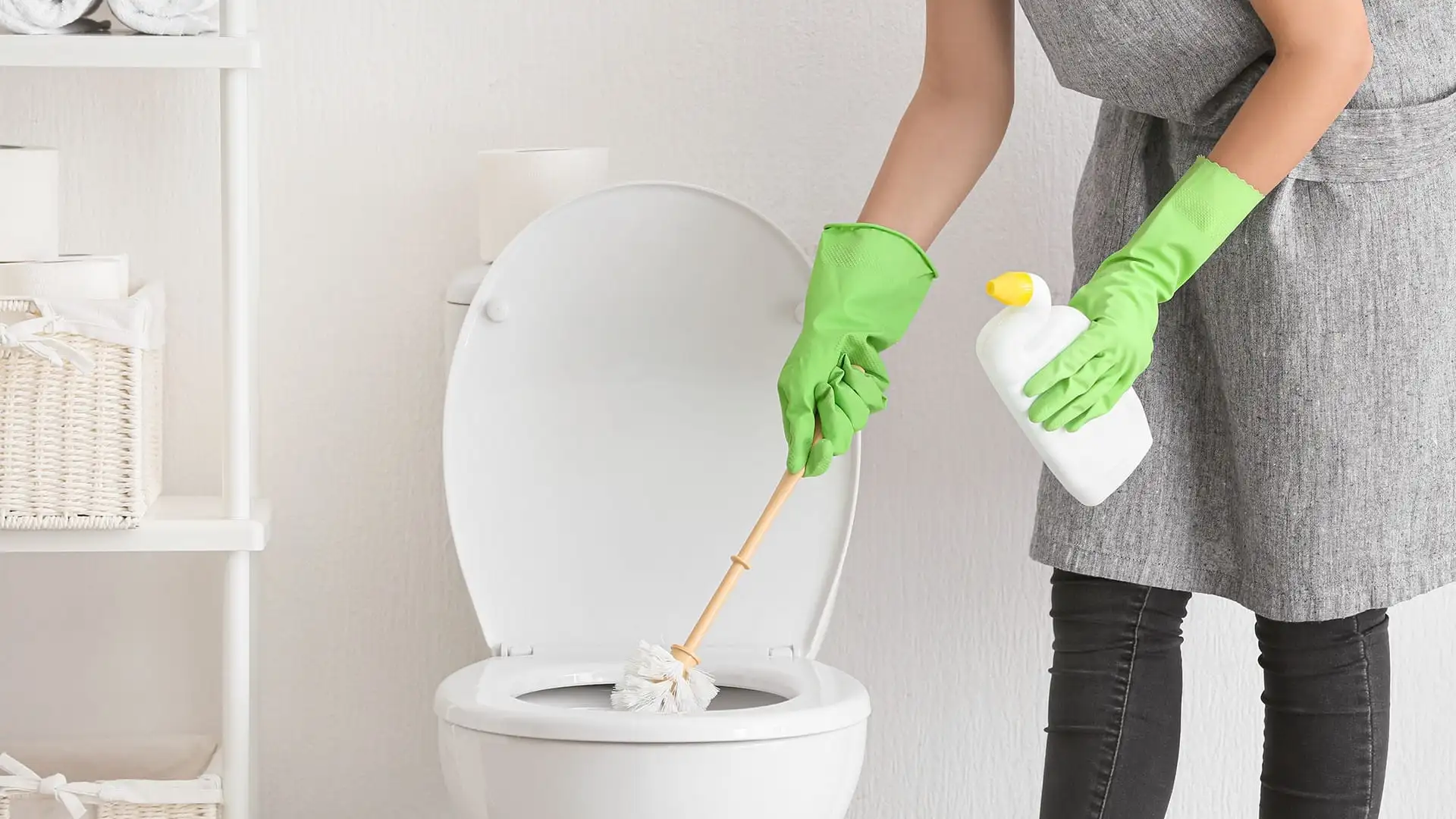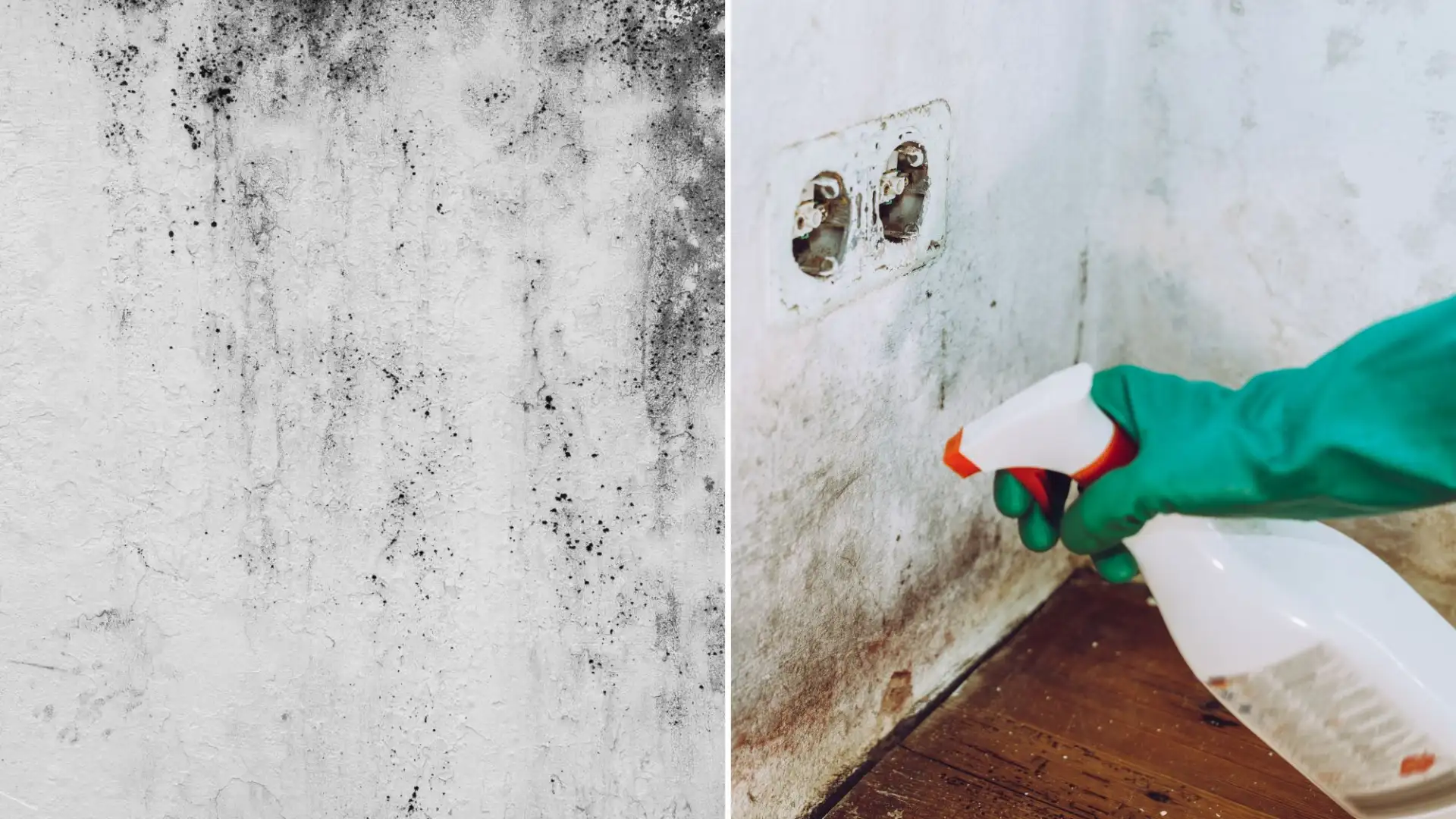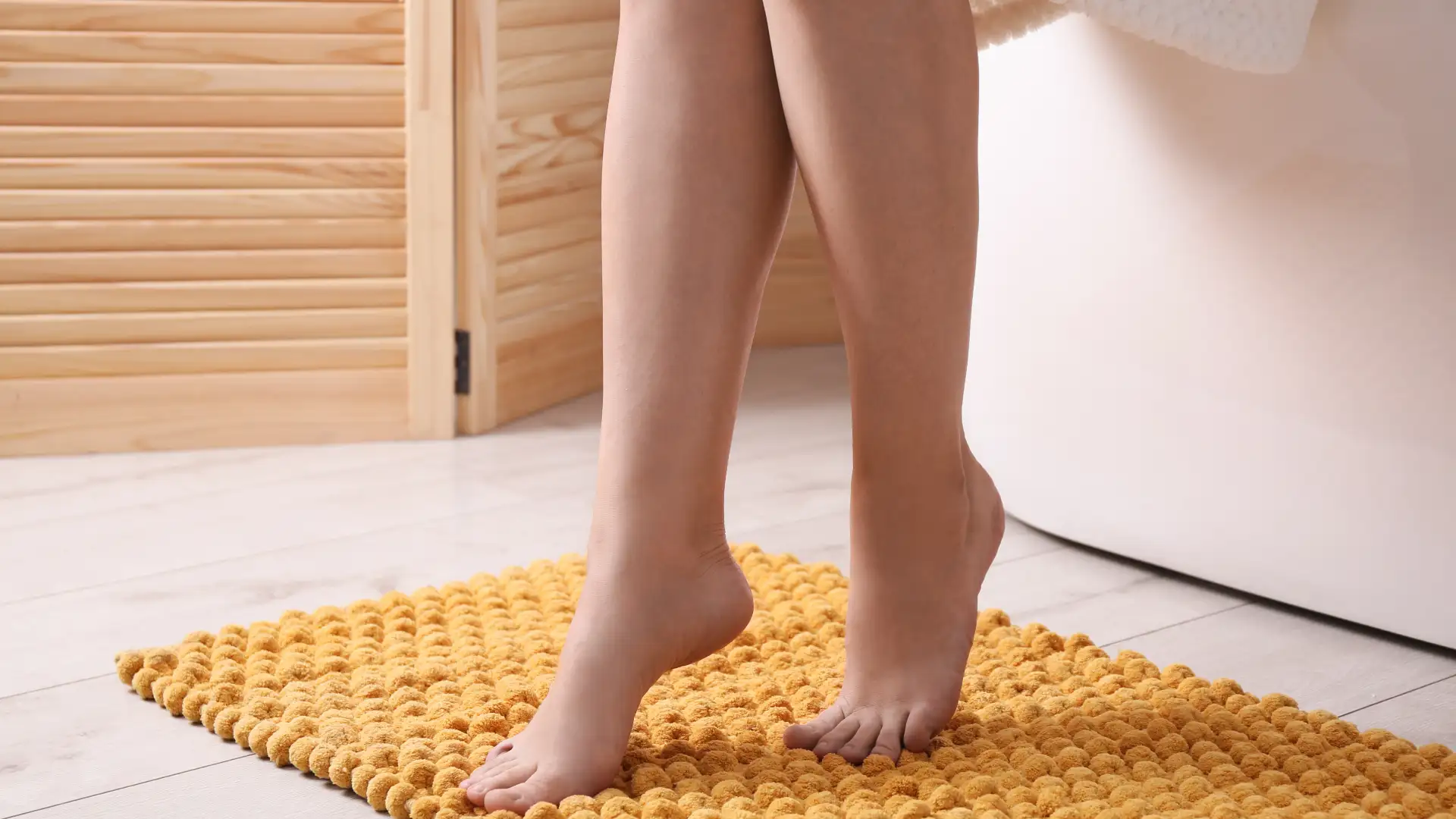Have you ever wondered if sitting on a public toilet seat could make you sick? It's a common concern, especially when traveling or using shared facilities. While the idea of catching a disease from a toilet seat might seem alarming, the reality is a bit more nuanced. In this article, we'll delve into the science behind toilet-borne illnesses, explore common misconceptions, and provide practical tips for maintaining good hygiene in public restrooms.
Most of the bacteria that cause illness are transmitted through the fecal-oral route. This means they enter the body through the mouth, often after hands contaminated with fecal matter come into contact with the mouth. While it's true that bacteria can survive on surfaces like toilet seats, the risk of contracting a disease from a toilet seat is relatively low. The human skin acts as a barrier, and the majority of pathogens cannot penetrate intact skin. However, if you have open cuts or wounds, or if you touch your face or mouth after using the toilet without washing your hands, the risk increases.
One common misconception is that public toilets are teeming with dangerous pathogens. While it's true that bacteria can be found in public restrooms, the levels are often no higher than those found in many other environments. Another misconception is that using toilet paper to cover the seat will protect you from all germs. While this can provide a psychological comfort, it's important to remember that many bacteria can penetrate paper.
Can you catch Chlamydia from a toilet seat?
Chlamydia, a common sexually transmitted infection (STI), is often a topic of concern and misinformation. One frequently asked question is whether it's possible to contract chlamydia from a toilet seat. While it's a valid concern, the short answer is no, you cannot catch chlamydia from a toilet seat.
How is Chlamydia Transmitted?
Chlamydia is primarily transmitted through sexual contact. This includes vaginal, anal, and oral sex. The bacteria that cause chlamydia can be found in bodily fluids such as semen and vaginal secretions. To contract chlamydia, these fluids must come into direct contact with the mucous membranes of another person's genitals, rectum, or mouth.
Why Can't You Get Chlamydia from a Toilet Seat?
Several factors contribute to why chlamydia cannot be transmitted via toilet seats:
- Chlamydia Needs a Host: The chlamydia bacteria require a living host to survive and multiply. A toilet seat, being an inanimate object, cannot provide the necessary conditions for the bacteria to thrive.
- Short Lifespan Outside the Body: Chlamydia bacteria are relatively fragile and cannot survive for extended periods outside of the human body. They are quickly killed when exposed to air and other environmental factors.
- Direct Contact Required: For chlamydia to be transmitted, there must be direct contact between the infected bodily fluids and the mucous membranes of another person. Sitting on a toilet seat does not involve this type of direct contact.
Common Misconceptions About Chlamydia Transmission
- Sharing Towels or Bedding: While it's possible to contract certain skin infections from sharing towels or bedding, chlamydia is not one of them. The bacteria that cause chlamydia do not penetrate intact skin.
- Swimming Pools or Hot Tubs: Swimming in public pools or hot tubs will not expose you to chlamydia. The chlorine and other chemicals used to treat these bodies of water are effective at killing bacteria.
Protecting Yourself from Chlamydia
The most effective way to prevent chlamydia is through safe sex practices, including:
- Consistent and Correct Condom Use: Condoms, when used correctly and consistently, can significantly reduce the risk of transmitting or acquiring STIs, including chlamydia.
- Getting Tested Regularly: Regular STI testing, especially for sexually active individuals, is crucial for early detection and treatment.
- Vaccination: The HPV vaccine can help protect against certain types of HPV, which can lead to genital warts and cervical cancer. While it doesn't directly prevent chlamydia, it can reduce the risk of other STIs.
- Monogamy: Being in a mutually monogamous relationship with an uninfected partner can significantly reduce the risk of acquiring chlamydia.
In conclusion, the fear of contracting chlamydia from a toilet seat is unfounded. This STI is primarily transmitted through sexual contact and requires direct contact with infected bodily fluids. By understanding the modes of transmission and practicing safe sex, individuals can significantly reduce their risk of acquiring chlamydia and other STIs.
Can you get a STI from a toilet seat?
The age-old question of whether one can contract a sexually transmitted infection (STI) from a toilet seat has been a topic of countless conversations, often fueled by misinformation and unfounded fears. While the thought of acquiring a potentially serious health condition from such a seemingly innocuous object may seem plausible, the scientific consensus is clear: it's highly unlikely to contract an STI from a toilet seat.
Understanding STIs and Transmission
To understand why toilet seats are not a significant vector for STI transmission, it's essential to grasp how STIs are typically spread. Most sexually transmitted infections are transmitted through bodily fluids, such as semen, vaginal fluids, and blood, during sexual contact. These fluids contain the pathogens responsible for causing STIs, including bacteria, viruses, and parasites.
While certain STIs, like human papillomavirus (HPV), can be transmitted through skin-to-skin contact, the skin on a toilet seat is a far cry from the delicate mucosal tissues found in the genital and anal areas, which are much more susceptible to infection. Additionally, the pathogens that cause STIs generally cannot survive for extended periods outside of a human body, especially on surfaces that are frequently cleaned and disinfected.
The Role of Toilet Seat Hygiene
Public restrooms are often associated with germs and bacteria, but the risk of acquiring an STI from a toilet seat is minimal for several reasons:
- Frequent Cleaning: Most public restrooms are cleaned regularly, and toilet seats are typically disinfected to reduce the presence of harmful microorganisms.
- Limited Exposure Time: The brief contact that most people have with a toilet seat is generally insufficient for the transmission of an STI.
- Barrier Protection: The clothing worn during a bathroom visit provides a physical barrier between the skin and the toilet seat.
Common Misconceptions and Long-Tail Keywords
The belief that STIs can be contracted from toilet seats is a persistent myth that has been perpetuated by rumors and misinformation. Some of the most common misconceptions include:
- "Public toilets are breeding grounds for STIs": While public restrooms can harbor various bacteria, the risk of contracting an STI from a toilet seat is negligible.
- "Sitting on a toilet seat can give you genital warts": HPV, the virus that causes genital warts, is primarily transmitted through skin-to-skin contact during sexual activity.
- "You can get herpes from a toilet seat": The herpes simplex virus, which causes genital herpes, is transmitted through direct contact with an infected sore.
While it's important to maintain good hygiene practices, such as washing your hands after using the restroom, there is no need to fear contracting an STI from a toilet seat. The risk is exceedingly low, and the primary mode of transmission for STIs is through sexual contact. By understanding the science behind STI transmission and dispelling common myths, we can promote accurate information and reduce unnecessary anxiety.
Can you get STD from toilet seat surfaces?
The notion that sexually transmitted diseases (STDs) can be contracted from inanimate objects like toilet seats is a common misconception that has persisted for many years. While it's natural to have concerns about public hygiene, the risk of acquiring an STD in this manner is exceptionally low. This article will delve into the scientific reasons behind this, debunking the myth and providing accurate information about STD transmission.
The Science Behind STD Transmission
STDs are primarily transmitted through bodily fluids such as semen, vaginal secretions, and blood. These fluids contain the pathogens responsible for causing these infections. To contract an STD from a toilet seat, the virus or bacteria would need to survive outside the body for an extended period, penetrate intact skin, and then enter the bloodstream. However, most pathogens responsible for STDs are fragile and cannot survive long on surfaces. Additionally, the skin on the buttocks and thighs is generally intact, providing a barrier against infection.
Factors Affecting STD Transmission
Several factors contribute to the low risk of contracting STDs from toilet seats:
- Type of Pathogen: Different STDs have varying levels of durability outside the body. Some pathogens, like HIV, are quite fragile and cannot survive long on surfaces.
- Surface Conditions: Factors such as temperature, humidity, and the presence of cleaning agents can affect the survival of pathogens on surfaces.
- Duration of Exposure: The length of time a person is exposed to a contaminated surface can influence the risk of infection.
- Skin Integrity: Intact skin acts as a barrier against infection. However, if there are cuts or open wounds, the risk of infection may increase slightly.
High-Risk Behaviors
While the risk of contracting an STD from a toilet seat is minimal, engaging in certain behaviors significantly increases the likelihood of transmission:
- Unprotected Sex: Sexual intercourse without the use of condoms or other barriers is the primary mode of transmission for many STDs.
- Multiple Partners: Having multiple sexual partners increases the risk of exposure to STDs.
- Sharing Needles: Sharing needles or other injection equipment can transmit bloodborne pathogens such as HIV and hepatitis.
- Oral Sex: Oral sex can transmit certain STDs, such as herpes and HPV.
Protecting Yourself from STDs
To protect yourself from STDs, it is important to:
- Practice Safe Sex: Consistently use condoms and other barrier methods during sexual activity.
- Get Tested Regularly: Regular STD testing is crucial for early detection and treatment.
- Limit Your Number of Partners: Reducing the number of sexual partners can lower your risk of exposure.
- Vaccinate: Vaccines are available for some STDs, such as HPV and hepatitis B.
While the fear of contracting an STD from a toilet seat is understandable, the scientific evidence suggests that this risk is extremely low. The primary mode of transmission for STDs is through bodily fluids during sexual contact. By focusing on high-risk behaviors and practicing safe sex, individuals can significantly reduce their risk of acquiring these infections.
Can you catch anything from a toilet seat?
The notion of contracting diseases from public toilet seats is a common fear. While it's true that bacteria and viruses can survive on surfaces, the risk of actually getting sick from a toilet seat is relatively low. This is because our skin acts as a barrier to most pathogens, and the number of germs required to cause illness is often quite high. However, there are certain circumstances and individuals who might be more susceptible to infections from contaminated surfaces.
What Germs Can You Find on a Toilet Seat?
The types of germs found on a toilet seat can vary depending on the cleanliness of the facility and the habits of the users. Common bacteria include E. coli, Staphylococcus aureus, and various types of fungi. While these organisms can cause infections, they are not typically the primary cause of serious illnesses.
It's important to note that the risk of contracting a sexually transmitted infection (STI) from a toilet seat is virtually nonexistent. STIs are primarily spread through bodily fluids and require direct contact with infected tissues.
Factors Affecting Transmission
Several factors influence the likelihood of acquiring an infection from a toilet seat:
- The type of germ: Some pathogens are more resilient and can survive longer on surfaces than others.
- The amount of time the germ is on the surface: The longer a germ is on a surface, the more likely it is to lose its viability.
- The number of germs present: A higher concentration of germs increases the risk of infection.
- The individual's immune system: People with weakened immune systems are more susceptible to infections.
- The presence of open wounds: Open cuts or sores can provide entry points for germs.
How to Minimize Your Risk
While the risk of getting sick from a toilet seat is generally low, there are several precautions you can take to further reduce your exposure to germs:
- Wash your hands thoroughly: This is the single most effective way to prevent the spread of germs. Use soap and warm water and scrub your hands for at least 20 seconds.
- Avoid touching your face: Hands can transfer germs to your eyes, nose, and mouth, so try to avoid touching your face, especially after using a public restroom.
- Use a paper towel to open and close the door: This can help prevent the spread of germs from the doorknob to your hands.
- Wear flip-flops or other footwear: This can provide an extra layer of protection for your feet.
